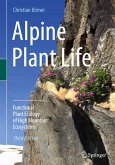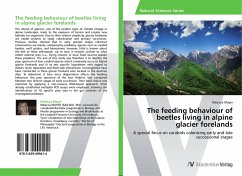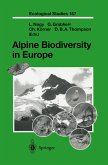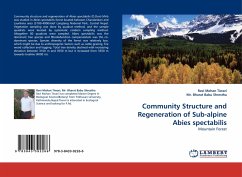The alpine zone in Australia's Snowy Mountains has important economic, cultural and ecological values. It is of great scientific and biological importance, maintaining an assemblage of vegetation communities found nowhere else in the world. It is one of the few alpine regions in the world with deep loamy soils, and contains endemic flora and fauna and some of the few periglacial and glacial features in Australia. The area also forms the core of the Australian mainland's most important water catchment and is a popular tourist destination, offering a range of recreational opportunities. 'Monitoring Alpine Vegetation Change' provides a comprehensive overview of mountain ecosystems and their ecological processes, with particular focus on the alpine zone of the Snowy Mountains in Australia. It explores in detail the vegetation dynamics at play above the Australian tree line and how both natural and anthropogenic influences affect patterns of recovery after disturbance. It further provides examples of a variety of monitoring techniques to assess such changes.
Bitte wählen Sie Ihr Anliegen aus.
Rechnungen
Retourenschein anfordern
Bestellstatus
Storno








